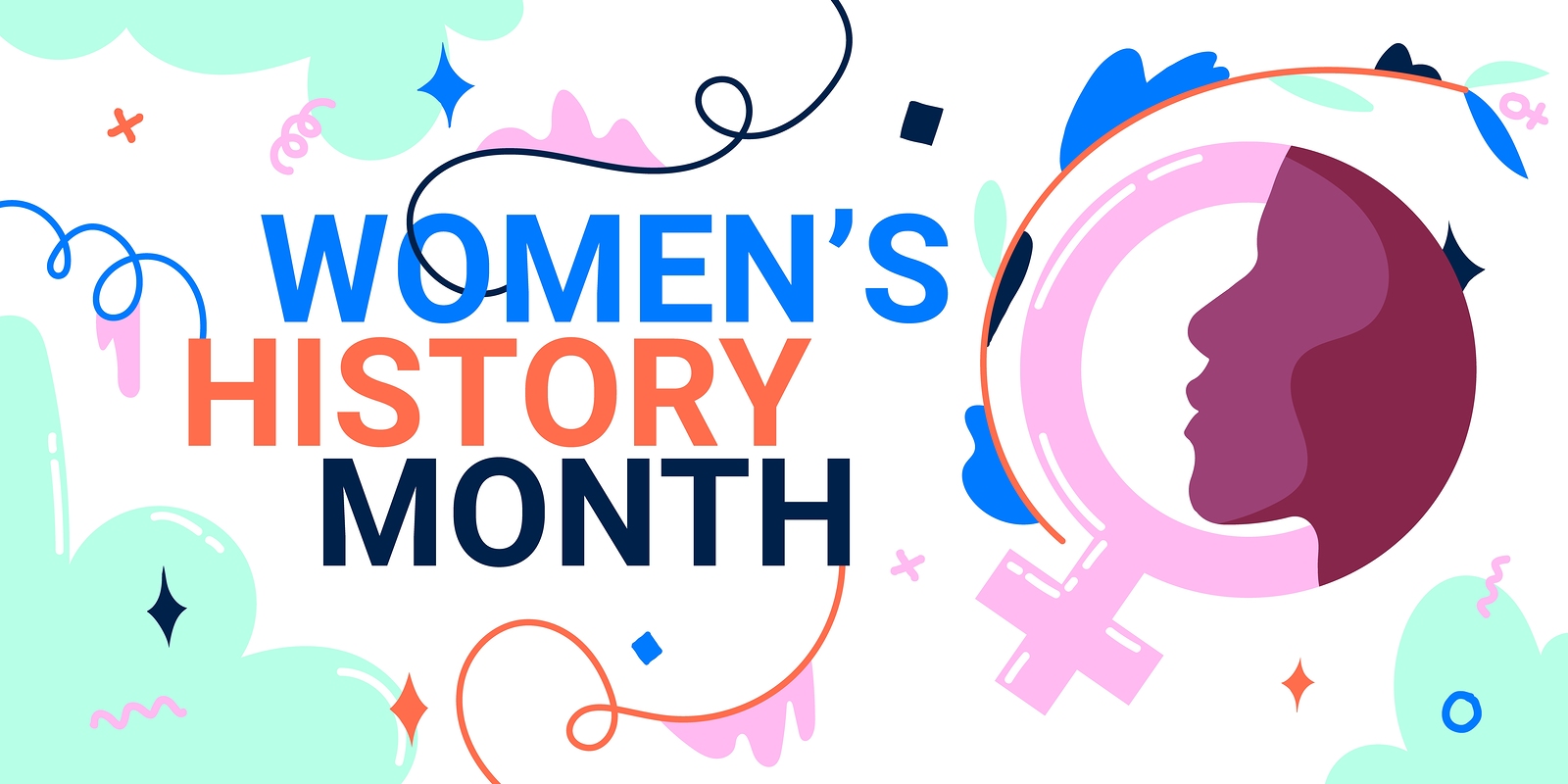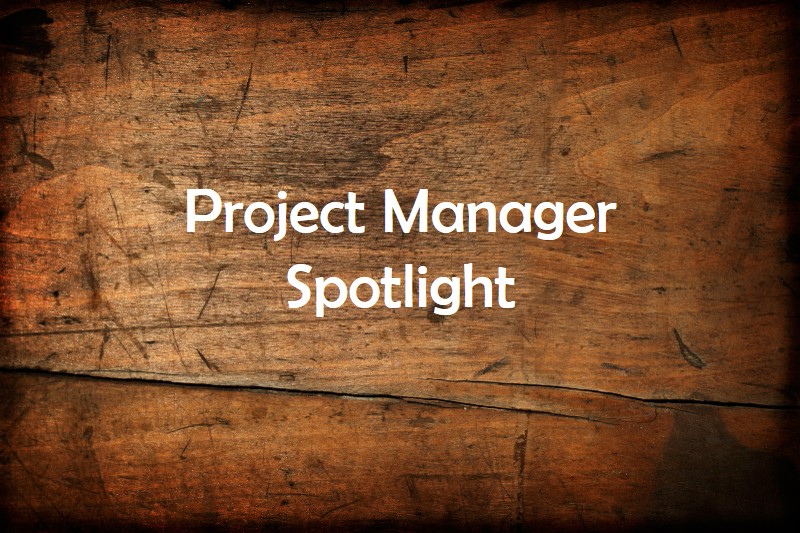Are you struggling to fill niche manufacturing positions in your production facility? Are you tired of seeing your numbers suffer because of it? PMG is well-known across manufacturing for the quality of our machinists, welders, and multi-craft maintenance technicians. However, we’re more than just the “Big Three”. We can provide quality oriented, proven tradespeople to fill any need in any production facility, no matter how niche. Here are three more PMG specialty positions you should be aware of.
Inspectors
From Quality Control to Quality Assurance to Quality Inspection, PMG has technicians that can help streamline the inspection process for any manufacturer.
Non-Destructive Testing (NDT)
Whether working in aerospace to NAS410 standards, military projects where MIL-Spec is still king, or oil & gas environments under API specifications, PMG has NDT Technicians that travel with their own certifications and have plenty of on-the-job hours in their logbook for any inspection method necessary. If you’d like to read more about NDT, check out some of the articles in Quality Magazine.
Mechanical Inspectors
Does your production process need inspectors capable of performing inspections on individual mechanical components? Do you require techs with experience inspecting full assemblies? Whether your need is for aviation, medical components, or electronic systems, our technicians have the experience.
Chemical Inspectors
Is your company testing batches for the chemical industry? Are you maintaining compliance to FDA regulations for a food production facility? Perhaps, you’re performing product audits for a medical manufacturer. Our Chemical Inspectors have experience working in industries with some the strictest requirements.
Engineers
Engineers are part of every step of production. Our engineers can help any company at any pinch point in their process.
Mechanical & Electrical Design Engineers
Is your company strong on product development, but slow to bring these innovations to production? PMG Design Engineers can help bring your R&D ideas to life whether it be on the drafting table or via CAD/CAM models.
Controls Engineers
Have you recently made repairs or improvements to your production systems? Controls Engineers can help design, install, and maintain those systems to get them, and keep them, up and running. From mechanical drives to PLCs, PMG Engineers can fill your control system quandaries.
Reliability Engineer
Your product is built to stand the test of time and your test systems should be too. From durability testing to product life cycle audits, PMG has a Reliability Engineer that you can rely on to help improve your prove outs.
Programmers
One good programmer can keep a lot of skilled tradesmen producing quality parts and components. Due to this fact, programmers are one of the positions most affected by the skills gap currently complicating American manufacturing. It doesn’t matter what programming problem your shop may have, PMG can provide highly skilled technicians to keep your production floor operating at maximum efficiency.
Machine Tool Programmers
Regardless of what machine you have sitting idle, it’s not making money if you can’t keep it running. PMG programmers are skilled with all machine tool program languages from common (G&M Code and Conversational) to exotic (SurfCam and Unigraphics).
CMM Programmers
Most companies utilize Coordinate Measuring Machines (CMM) in their inspection process to save time and money. However, there is little profit present in downtime if you can’t “teach” your machine to inspect new offerings. PMG CMM programmers are experienced in systems from PC-DMIS to Calypso and can keep your QA/QC process profitable.
If you are experiencing production gaps and backlogs at your facility, Connect with PMG to learn how our solutions can help you.
Josh Erickson, ReTool & Technical Solutions Associate











